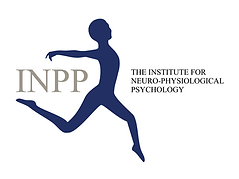NeuroDevelopmental Therapy
Reflex Integration : the Theory behind the Therapy
What are primitive reflexes?
An infant is supported in the first months of life with a set of primitive reflexes. These are involuntary, naturally occurring patterns of movement directed from the lower part of the brain (the brainstem) without involvement of the cortex and they start to develop in utero just weeks after conception. They are essential to the development of the fœtus in utero, the birthing process, help the newborn take its first breath and support early survival through rooting, sucking, grasping etc.
These primitive reflexes are an important basis of infant movement, but will gradually diminish their influence as they are inhibited or put to sleep in the brainstem by higher centres in the developing brain during the first six months of life. Some of the primitive reflexes are replaced by more mature postural reflexes or reactions, mediated from the midbrain that allow for the infant to advance through the developmental sequence of rolling, creeping, crawling, standing and walking.
Postural reactions take up to three and a half years to be developed and provide a basis for subconscious control of posture and voluntary movement.
It is important that the primitive reflexes have been integrated or transformed and the postural reactions well established to enable a child to possess a firm foundation for learning.
A child is ready for school if he can sit still, pay attention, hold a pencil appropriately and coordinate eye movements to follow a line of text without his eyes jumping and losing their place on the page.
As Sally Goddard has aptly stated, ‘attention, balance and coordination are the primary A, B and C upon which all later academic learning depends’.
The INPP Programme
The Institute for Neuro-Physiological Psychology (INPP) was founded in 1975 By Peter Blythe (PhD) who claims that the origins of the method began in 1969 when, as a senior lecturer he was asked to deliver a lecture on reading difficulties. In preparing for the event, he read a book by A.E. Tansley and the message he extracted from the book was ‘never to assume that, because a child looks normal they have the neurological organisation or equipment in place to meet the demands of the classroom’. This concept of investigating the underlying mechanisms to children’s struggles was the start of the journey, and 50 years of pioneering research, expertise and practice has led to the INPP today.
The INPP method offers a reliable system to assess neuromotor immaturity, which is defined as ‘the continued presence of a cluster of aberrant primitive reflexes above six months of age and absent or under developed postural reflexes above the age of 3 1/2 years (Goddard Blythe 2009). This assessment of the child will often reveal the ‘why’ of the child’s difficulties and the proposed reflex stimulation / integration programme provides the ‘how’ to helping the child overcome the underlying physical factors relating to specific learning difficulties, challenges with coordination and balance and emotional / behavioural issues.
The tailored programme of daily physical exercises takes about 10-15 mins over a period of 12 to18 months. The exercises are selected to start at the earliest point where there has been a glitch in development and give the brain a second change to register the movement patterns that should have been accomplished at the appropriate stage in development. As aberrant reflexes are integrated and postural reactions established many of the presenting physical, learning and emotional problems of the child start to go into remission.
Requiring daily commitment and prioritization over an extended period of time, the programme is definitely not for everybody. The exercises can be challenging and generally need to be done very slowly.
Children may find them boring and parents may experience difficulty in keeping their child motivated, but with persistence, the end results, as I have been told by grateful parents, is often life changing.
Steps to accessing an INPP programme
Email inquiry/discovery call
If you believe that, your child is showing signs of neuromotor immaturity and may benefit from a reflex integration programme, please feel free to submit the screening questionnaire below, email your inquiry or have a free, no obligation discovery call.
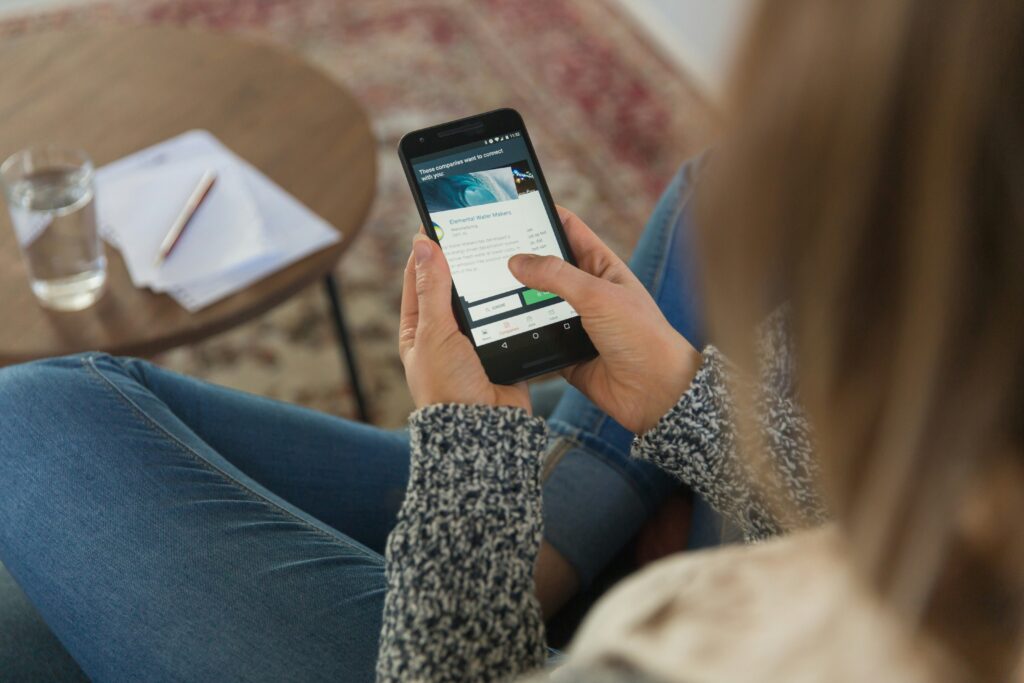
Initial consultation
If it is deemed suitable, an initial consultation will be arranged, either in person or online to collect detailed background information about your child’s developmental history and presenting challenges, including those of an auditory nature. Following this consultation, it will be possible to determine if it would be worthwhile going ahead with a full INPP diagnostic assessment and if taking a closer look at your child’s listening profile might be beneficial (Tomatis or Johansen).
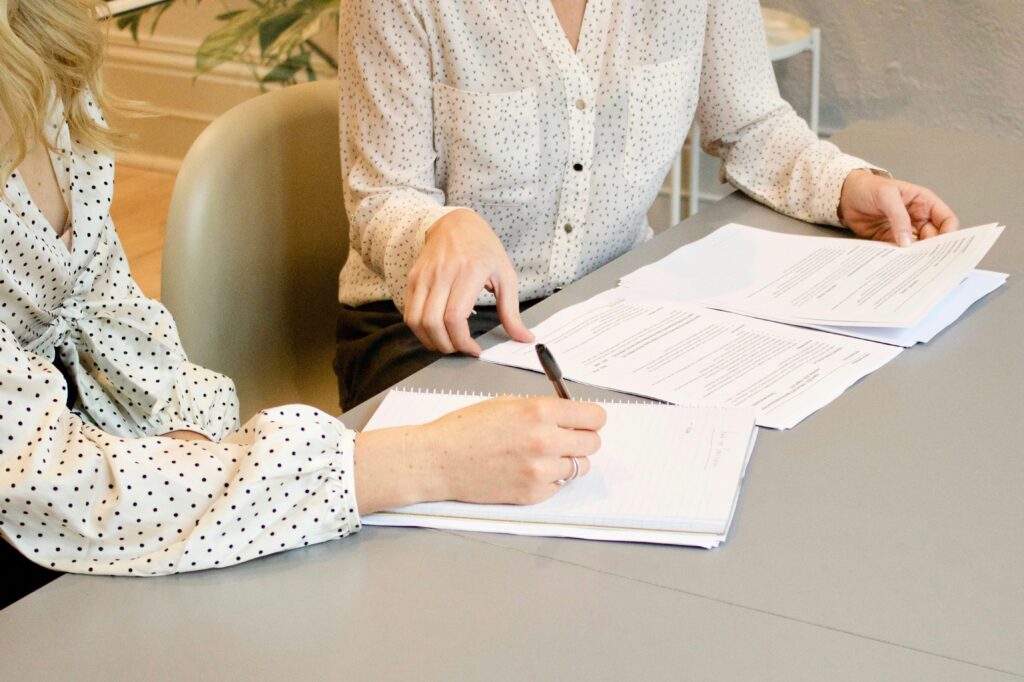
Diagnostic assessment
This is a detailed developmental assessment, taking approximately three hours, which includes tests for balance and coordination, primitive and postural reflexes, laterality, and ocular motor function. It is also an opportunity to get to know your child and find out about what goal your child might have and would like to work towards to help keep motivation throughout a programme. If appropriate, the first exercise(s) may be given at this point.
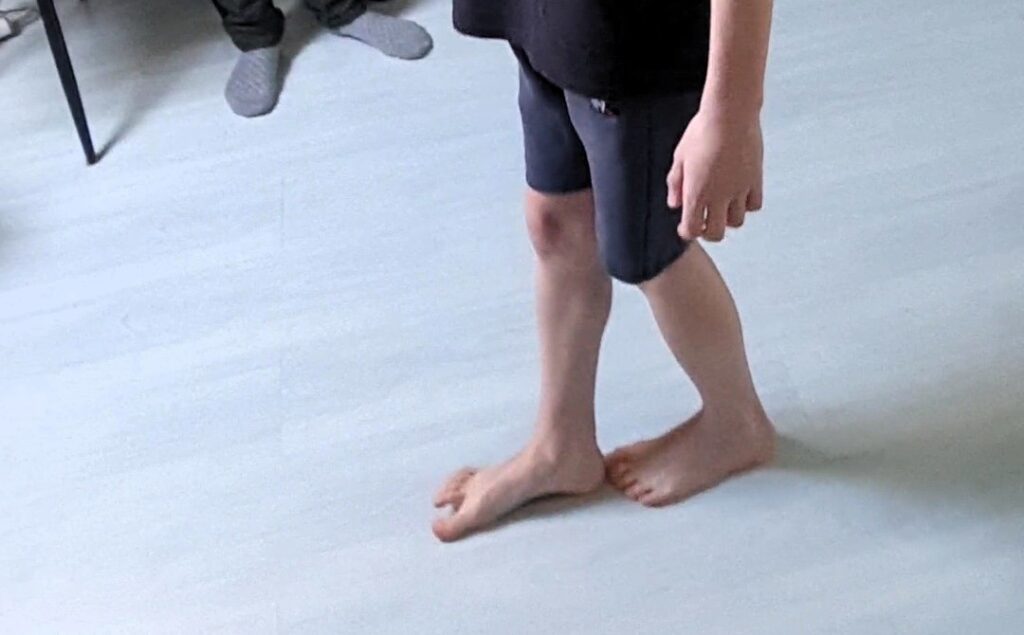
Follow up reviews
These take place approximately every 6 to 8 weeks and last for about 60-90 minutes. Some of the reflex and ocular tests from the diagnostic assessment will be repeated to look for changes and progress will be discussed. New exercises will be given in accordance with progress. The report reading may be done at the time of the first of these reviews when you will receive detailed feedback on the diagnostic assessment and implications of the findings. If preferred, this feedback may be given online.
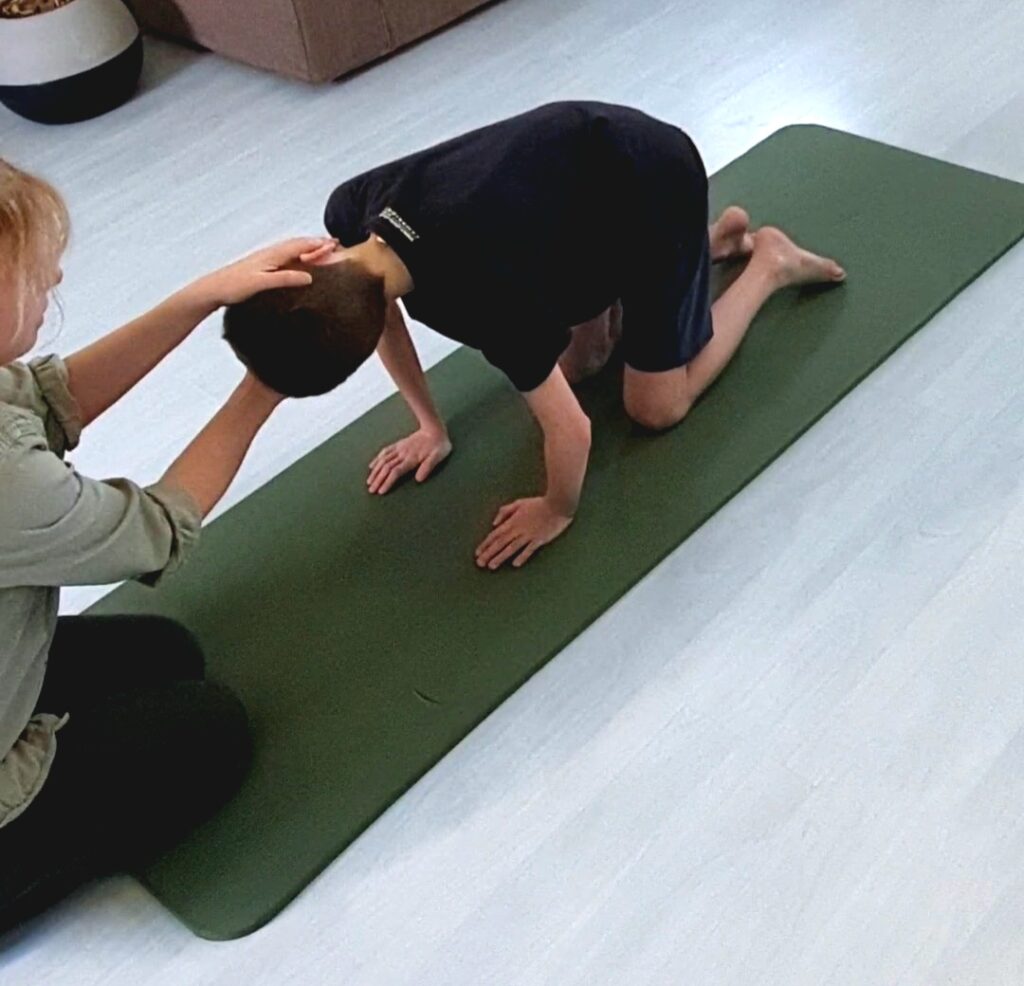
Ongoing support between reviews.
Ongoing support in the form of guidance on any difficulties or reactions arising with carrying out the exercises is offered via email or WhatsApp as often as is necessary between reviews.
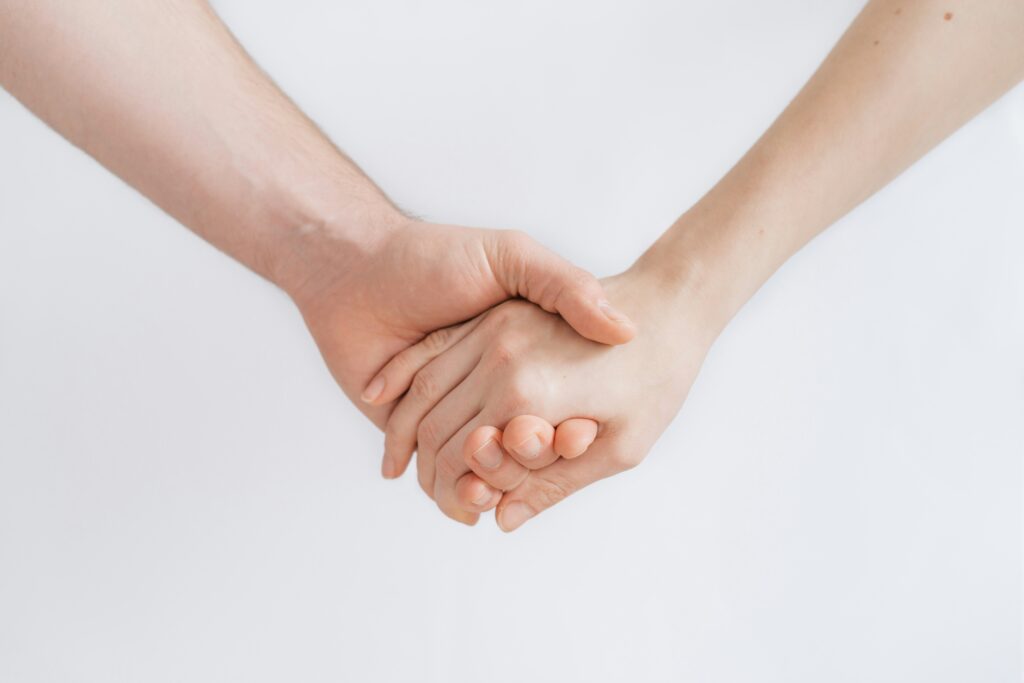
CONTACT
Have any questions? I am always open to talk about your children and how I can help you.


